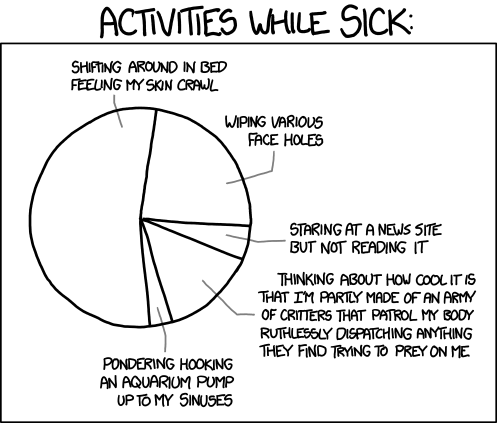No progress tonight on either fiction or essais, as I had to take my mother to hospital and wait with her in the ER for several hours. If no further emergencies occur, I hope to resume work tomorrow.
EDIT, 08:07: The hospital called shortly after 5 a.m. to say that my mother was being discharged. She was, however, sound asleep when I arrived. By the time she was waked, dressed, and discharged, and I delivered her home and got home myself, the round trip had taken two hours at a time when my body had serious expectations of being asleep; and in blizzard conditions, too.
Fortunately, she is essentially all right. She had been extremely constipated for several weeks, and had reached the point of evacuating traces of blood — and nothing else. We feared a structural blockage, a tumour or intussusception, which could be extremely serious at her age (and in her generally frail condition). But there was no such condition, and they have helped her to get things moving again. I am not impressed, however, with the nursing staff at her assisted-living facility, for allowing her to get into such a state to begin with.








Recent Comments